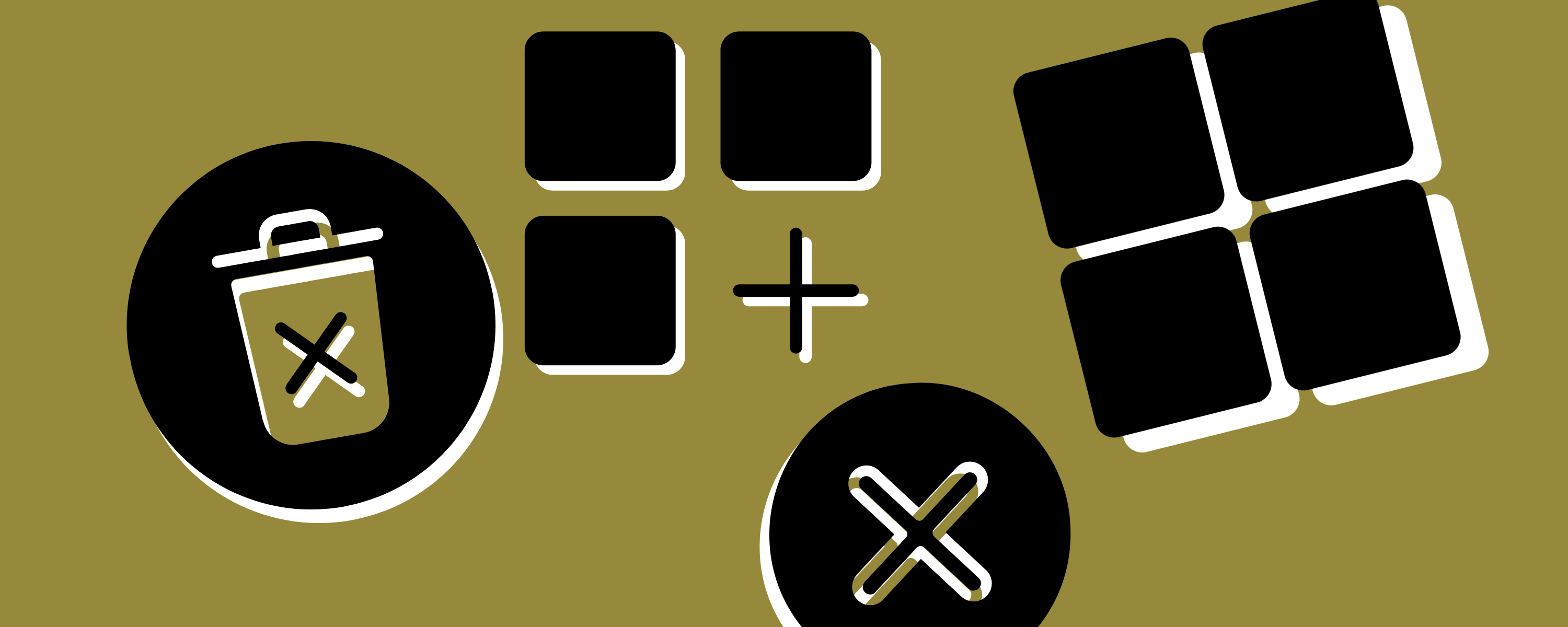After a few weeks of hands-on robotics activities it was time to consider the question of "What is a robot?". I asked the students to research a topic of their choice and prepare a class presentation based on their findings.
Robotics Research Task
The task: Select, and research, a particular robot (or particular robots) that demonstrates a general topic relating to robotics (or a type of robot), then create a presentation (e.g. PowerPoint, Google Presentation) about your topic. For example: “da Vinci – the surgical robot”.
Before giving the students this task, I usually lead a discussion about what is (and what isn't) a robot. To explore this topic, I showed them images of some obvious and some not so obvious classes of robots, including:
- mobile robots
- factory robots
- autonomous vehicles
- biomimicry-based robots (e.g. Big Dog)
- swarm robots.
For example, does something have to be mobile to be considered a robot? Students usually are happy to class a Roomba vacuum cleaner as a robot, but what about a photocopier? Or a microwave oven using a sensor-based reheat function? Automatic doors?
I asked the students for their definition of a robot and we compared these to some typical definitions, such as this one from Wikipedia...
"A robot is a machine—especially one programmable by a computer— capable of carrying out a complex series of actions automatically. Robots can be guided by an external control device or the control may be embedded within." (Wikipedia, accessed 7 May 2019)
Here are a few ways of thinking about this topic that I like draw on, depending on where the discussion leads...
Sense-Think-Act - This is a classic robotic paradigm provides a way of thinking about how a robot operates. Also known Sense-Plan-Act, it's not the only approach, but it's a starting point.Anatomy of a Robot - Parallels with human anatomy:
- processor (brains)
- sensors (senses)
- actuators (muscles)
- power source (food)
- structure (skeleton)
The "Three" Ds of Robotics - I originally came across this idea presented as three areas (dull, dirty, dangerous) in which robots are ideally suited. I've since seen this list expanded to a number of different Ds, including:
- dull
- dirty
- dangerous
- distance
- dexterous
- domestic
- dear
After a few lessons to conduct their research, the students gave their presentations to the rest of the class.








